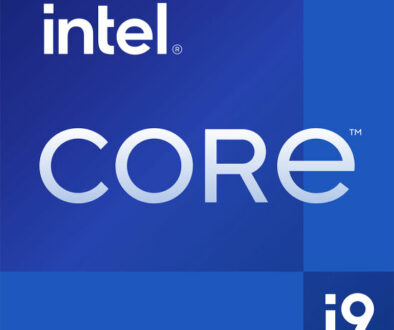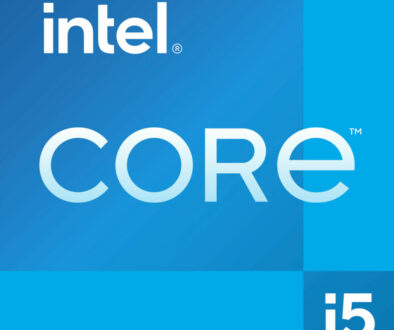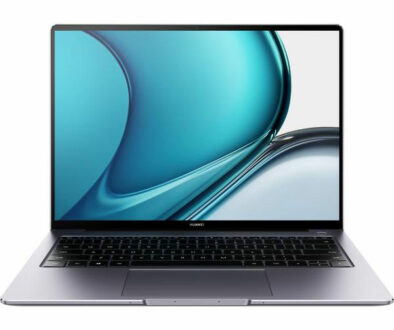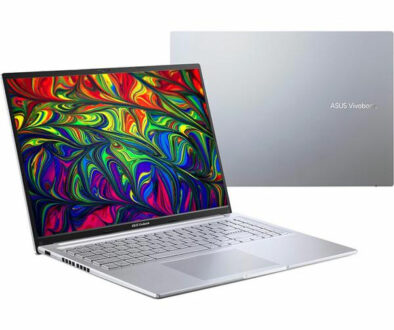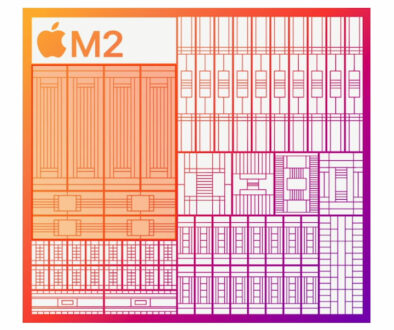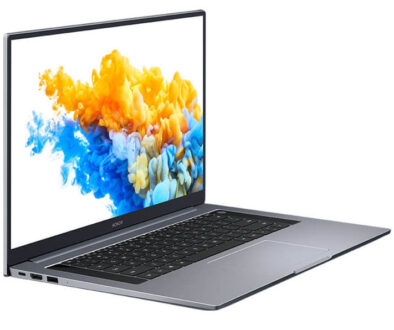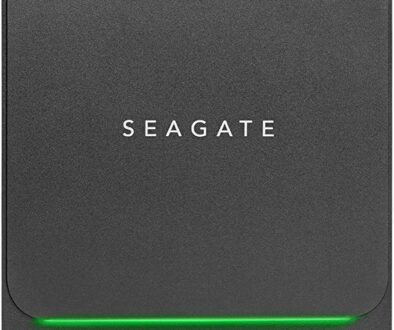AMD Radeon RX 6950 XT, RX 6750 XT, and RX 6650 XT: Mid-life refresh for the RX 6000 series
At long last, the Radeon RX 6000 series refresh lineup is nearing its’ launch. Announced several months earlier, these updated versions of current generation RDNA 2.0 graphics cards promise better performance potential by using faster memory.
Yes, just faster memory.
While that may not sound too promising, the upgrade does seem quite substantial if previous examples are to be considered. After, the GTX 1660 Super had an almost miraculous turnaround by simply updating the memory configuration of the GTX 1660. So at the very least, we can expect optimization improvements compared to what the original GPUs can do.
As for quantifiable information to better temper our expectations, we’ll have to make do with the best of what the current leaks have unveiled so far.
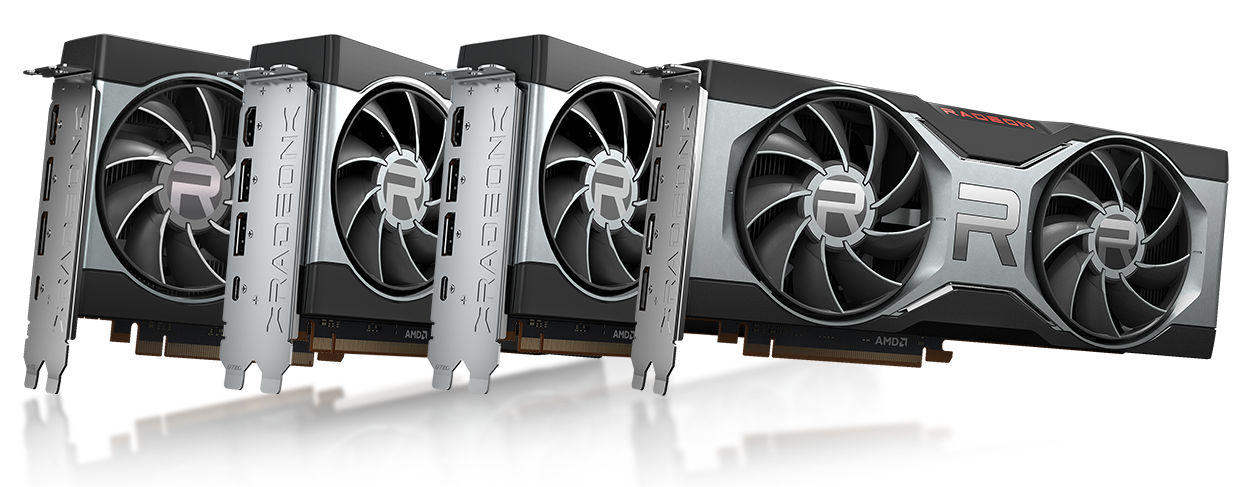
AMD Radeon RX 6000 series refresh overview
Tech specs:
(DISCLAIMER: a few values here and there might change as the official specs are unveiled by AiB partners next week.)
| RX 6650 XT | RX 6750 XT | RX 6950 XT | |
|---|---|---|---|
| Process Node | 7nm | 7nm | 7nm |
| Architecture | RDNA 2.0 | RDNA 2.0 | RDNA 2.0 |
| GPU Name | Navi 23 | Navi 22 | Navi 21 |
| GPU Cores | 2048 | 1024 | 1792 |
| RT Cores | 12 | 16 | 28 |
| Boost Clock | 2635 Mhz (+46) | 2600 Mhz (+19) | 2310 Mhz (+60) |
| Memory Speed | 17.5 Gbps (+1.5) | 18 Gbps (+2) | 18 Gbps (+2) |
| VRAM | 8GB GDDR6 | 4GB GDDR6 | 8GB GDDR6 |
| Memory Bus | 128 bit | 64 bit | 128 bit |
| Bus Interface | PCIe 4.0 x4 | PCIe 4.0 x4 | PCIe 4.0 x8 |
| PCI Power | none | 1x 8-pin | 1x 8-pin |
| TDP | 180W (+20) | 250W (+20) | 335W (+35) |
| Launch MSRP | $400 (+20) | $550 (+70) | $1100 (+100) |
The specifications shown in red letters are the changes made for each GPU compared to their original counterparts, with the difference in original value shown right beside. Other than that, they are essentially the same, right down to the very die (GPU chip) used.
Think of these refresh models as binned SKUs, in a way that better memory chips are used, and are paired with slightly higher clocks and a tiny bump in power consumption to make the performance difference substantial enough.
The MSRP price increase also seems to indicate the tier at which AMD intends to let these GPUs compete. For example, the Radeon RX 6650 XT is kind of poised as a competitor for the Geforce RTX 3060 Ti, though of course, we’ve still yet to see in the next couple of days whether that is to be an accurate statement or not (spoiler alert: it most likely won’t).
Expected relative performance of the Radeon RX 6000 series refresh
Given that we already know how the original GPUs perform, estimating the potential improvements the refresh models may have is somewhat easier. At the very least, we have an idea of the technical range of their rasterization performance.
Radeon RX 6650 XT
With the added 20 watts to its overall power draw, and very slightly bumped boost clock speeds, we can expect the RX 6650 XT to be six to seven percent better than the original RX 6600 XT (which by itself trades blows with the Geforce RTX 3060 non-Ti). This is not bad actually for a perma-overclock rasterization performance, and aligns with the $20 increase in its MSRP (+5%). In a more optimistic (and perhaps also market-strategical) sense, there is also a good chance that the RX 6650 XT could creep up in performance numbers to be just a little bit behind the RTX 3060 Ti, so that AMD could technically market the product as a direct competitor.
Radeon RX 6750 XT
The relative changes seem even less defined for this GPU, with a paltry +19 Mhz increase, 18 Gbps from 16 Gbps, and a 20-watt TDP/TGP increase for what is already a +200 watt GPU. Very curiously though, despite this minuscule numerical improvement, the MSRP is bumped up significantly. Like, a whopping $70 (14.5%!) for what isn’t nearly as big of a difference as the original. Given the marketing blunder that is called the RX 6800 non-XT, these weird changes feel more than likely that the RX 6750 XT would act as a price-based replacement. This is as opposed to being the Geforce RTX 3060 Ti competitor that the original eventually became inadvertently known for.
Radeon RX 6950 XT
We kind of already have a real-world counterpart of the upcoming RX 6950 XT, in the form of the OEM-exclusive RX 6900 XT LC GPUs. These slightly dialed-up RX 6900 XTs also have slightly higher boost clocks (+185 Mhz), have bumped memory speeds of 18 Gbps, and even have an additional 30 watts of power draw. So based on that, we can safely assume that the Radeon RX 6950 XT would also be at minimum 6% faster than the original RX 6900 XT. Probably somewhat higher numbers in raytracing performance, but not really enough to be truly noticeable. Works well for benchmarks at least!
The Radeon RX 6000 series refresh might just be good if…
With very few expected performance improvements, the next GPU generation (RTX 4000, RX 7000, ARC) rolling over before this year ends, and GPU prices finally sliding near and near down to MSRP, why even invest in these GPUs? Well…
- The performance turn out to be much better than anticipated – if the performance improvement percentages outweigh the price percentage increase, then by default, the RX 6000 refresh becomes the better buy, and the older models effectively become “obsolete”.
- You are looking for an updated reference model – the RX 6750 XT and RX 6950 XT will also be available with AMD reference models. Those who weren’t able to purchase one during the initial launch of the original versions will now have a chance to do so starting May 10th.
- You’re planning to purchase a mid-range AMD card in the next few months – Even though the RX 7000 series is slated for official release in Q4, only the top-end models will likely be initially available. As such, if you need a mid-tier (upper entry-level?) AMD graphics card before or during that time, then the RX 6650 XT might be your best option.
Regardless, production of the mid to upper-tier RX 6000 lineup will turn over to these refresh models. So if you’re planning to buy a mid-tier RX 6000 series GPU and the initial supply of the original ones has dried up, you have no choice but to purchase these updated models anyway.
Why the Radeon RX 6000 series refresh is ultimately not a compelling buy
Long story short, the GPU market has been steadily stabilizing over the last few months. Unless these GPUs arrive exactly at MSRP (which they definitely won’t), they will be facing very, very fierce competition from the sheer number of available cards right now. Namely, the retail-price-balanced RTX 3060 Ti, RTX 3070 Ti, and RTX 3080 12GB (nope, not the 3090) will simply crush them in price-to-performance (and availability) ratio since their increased prices still reflect the adjustments AMD made at the height of the GPU crisis.
So yeah, AMD is just too little too late with these GPUs. At the very least, the MSRP should have stayed the same, that way the price-to-performance ratio could be automatically tuned down to a post-GPU-crisis period. The superficial gains would also then be reviewed in a universally positive light.
Although… if these leaked benchmarks turned out to be accurate for other applications and games, then we’ve got one hell of a GPU catalog for the next quarter.


